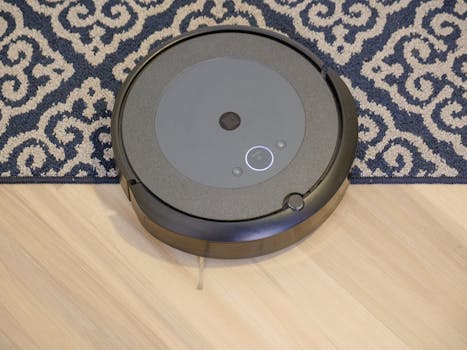
Smart Homes and Smart Living: The Technological Transformation of European Homes by 2025
Smart Homes and Smart Living are revolutionizing the way Europeans live, work, and interact with their homes. The integration of technology into daily life is transforming the concept of a traditional home, making it more efficient, convenient, and sustainable. By 2025, it is estimated that the majority of European homes will be equipped with smart devices and systems, enabling residents to experience the benefits of smart living.
Introduction to Smart Homes and Smart Living
Smart homes and smart living refer to the use of advanced technologies, such as the Internet of Things (IoT), artificial intelligence (AI), and data analytics, to create a more comfortable, convenient, and sustainable living environment. These technologies enable homeowners to control and monitor various aspects of their homes, including lighting, temperature, security, and entertainment systems, remotely and automatically.
Key Features of Smart Homes and Smart Living
Some of the key features of smart homes and smart living include:
- Energy efficiency: Smart homes are designed to optimize energy consumption, reducing waste and lowering utility bills.
- Home automation: Smart devices and systems can be controlled remotely, allowing homeowners to adjust lighting, temperature, and security settings with ease.
- Enhanced security: Smart homes often feature advanced security systems, including motion detectors, cameras, and alarm systems, to provide an additional layer of protection.
- Improved convenience: Smart homes and smart living enable residents to access a range of services and amenities, such as online shopping, food delivery, and entertainment, with ease.
Technological Advancements Driving Smart Homes and Smart Living
The development of smart homes and smart living is driven by several technological advancements, including:
- Internet of Things (IoT): The IoT enables devices and systems to communicate with each other, creating a network of interconnected devices that can be controlled and monitored remotely.
- Artificial intelligence (AI): AI-powered devices and systems can learn and adapt to the preferences and behaviors of homeowners, providing a more personalized and efficient living experience.
- Data analytics: The use of data analytics enables homeowners to gain insights into their energy consumption, water usage, and other aspects of their homes, making it easier to identify areas for improvement.
Benefits of Smart Homes and Smart Living
The benefits of smart homes and smart living are numerous, including:
- Increased energy efficiency: Smart homes are designed to optimize energy consumption, reducing waste and lowering utility bills.
- Enhanced convenience: Smart homes and smart living enable residents to access a range of services and amenities, such as online shopping, food delivery, and entertainment, with ease.
- Improved security: Smart homes often feature advanced security systems, including motion detectors, cameras, and alarm systems, to provide an additional layer of protection.
- Increased property value: Smart homes and smart living can increase the value of a property, making it more attractive to potential buyers.
Challenges and Limitations of Smart Homes and Smart Living
While smart homes and smart living offer many benefits, there are also several challenges and limitations to consider, including:
- High upfront costs: The cost of installing smart devices and systems can be prohibitively expensive for some homeowners.
- Complexity: Smart homes and smart living can be complex and difficult to navigate, particularly for those who are not tech-savvy.
- Security risks: Smart homes and smart living can be vulnerable to cyber attacks and data breaches, compromising the security and privacy of homeowners.
- Dependence on technology: Smart homes and smart living can create a dependence on technology, which can be problematic if devices and systems fail or are compromised.
Conclusion
Smart homes and smart living are revolutionizing the way Europeans live, work, and interact with their homes. While there are several challenges and limitations to consider, the benefits of smart homes and smart living are numerous, including increased energy efficiency, enhanced convenience, improved security, and increased property value. As technology continues to evolve and improve, it is likely that smart homes and smart living will become the norm, transforming the European home and the way we live, work, and interact with our surroundings.


